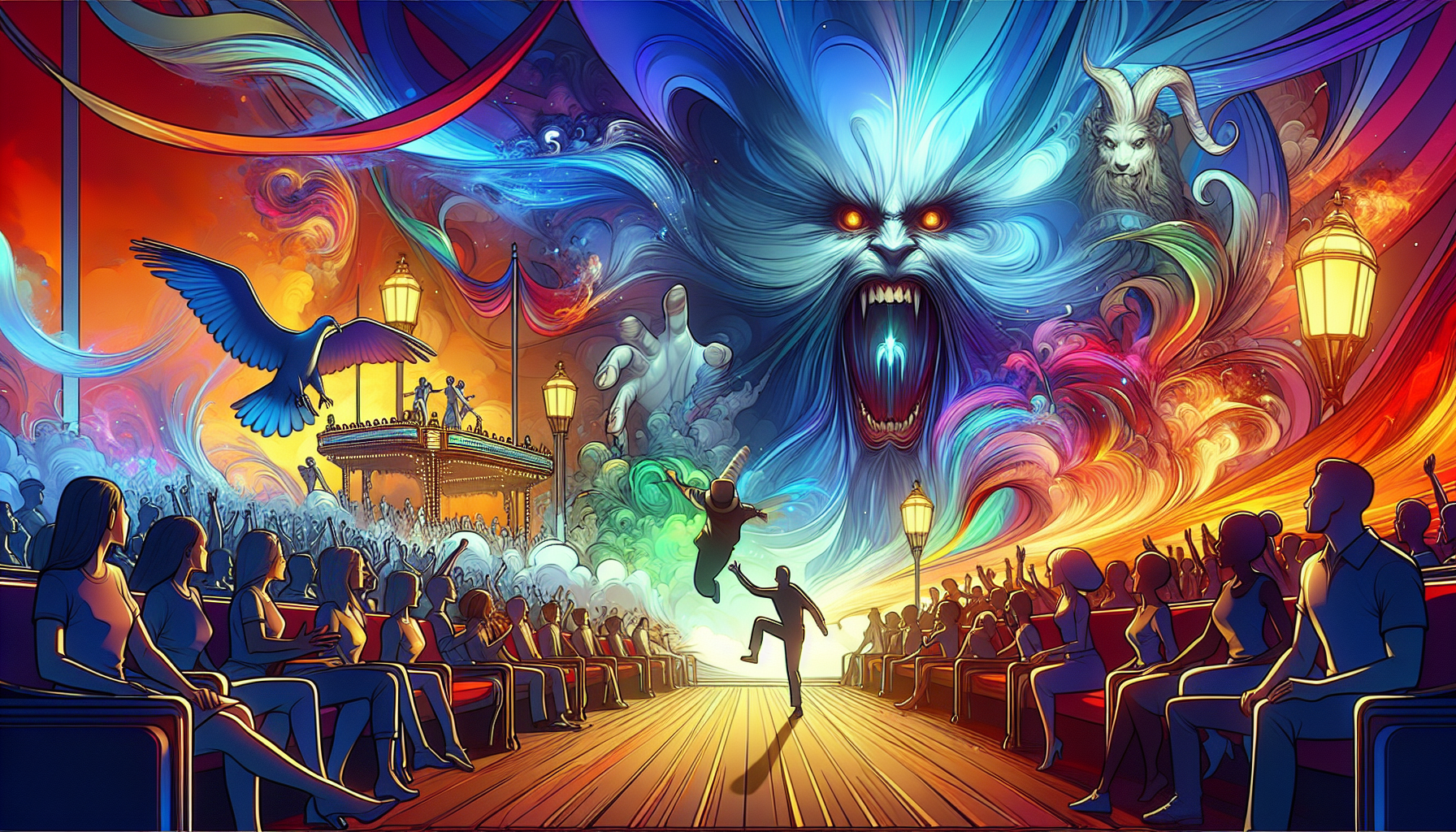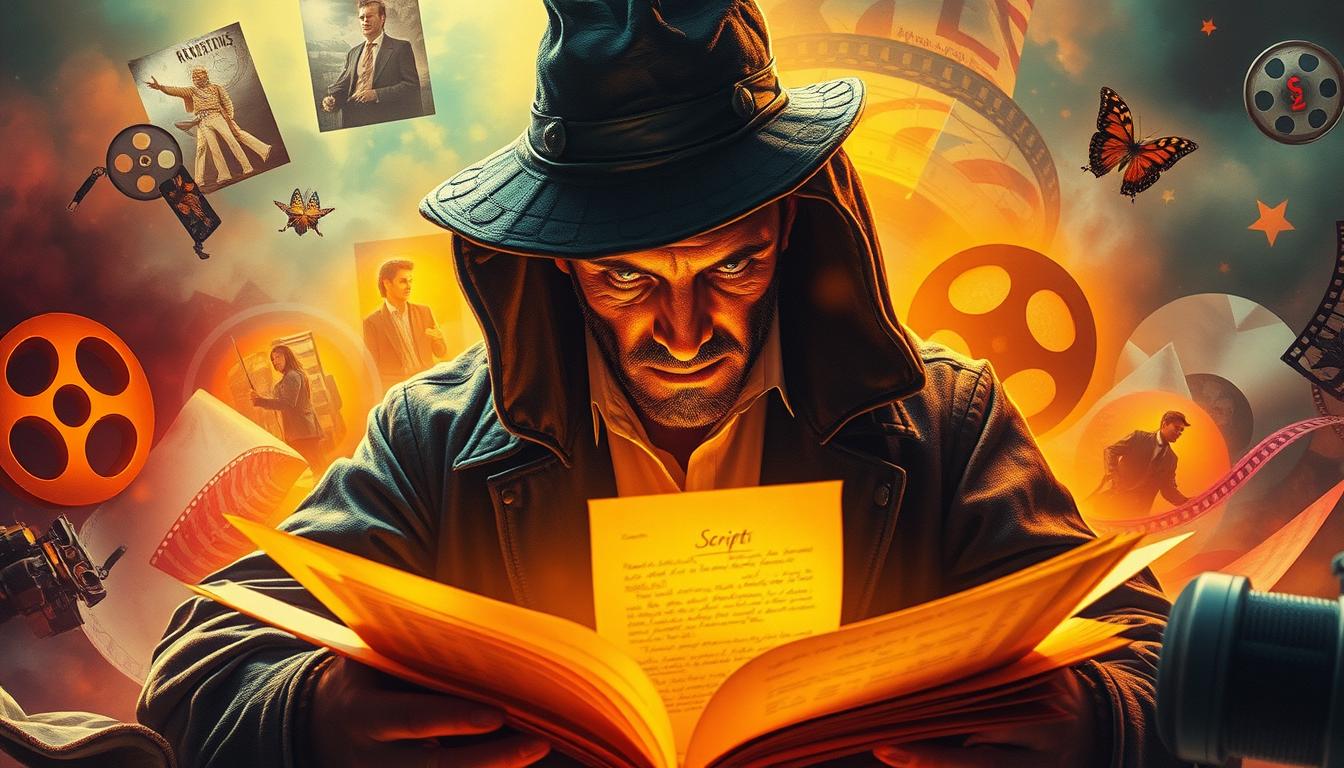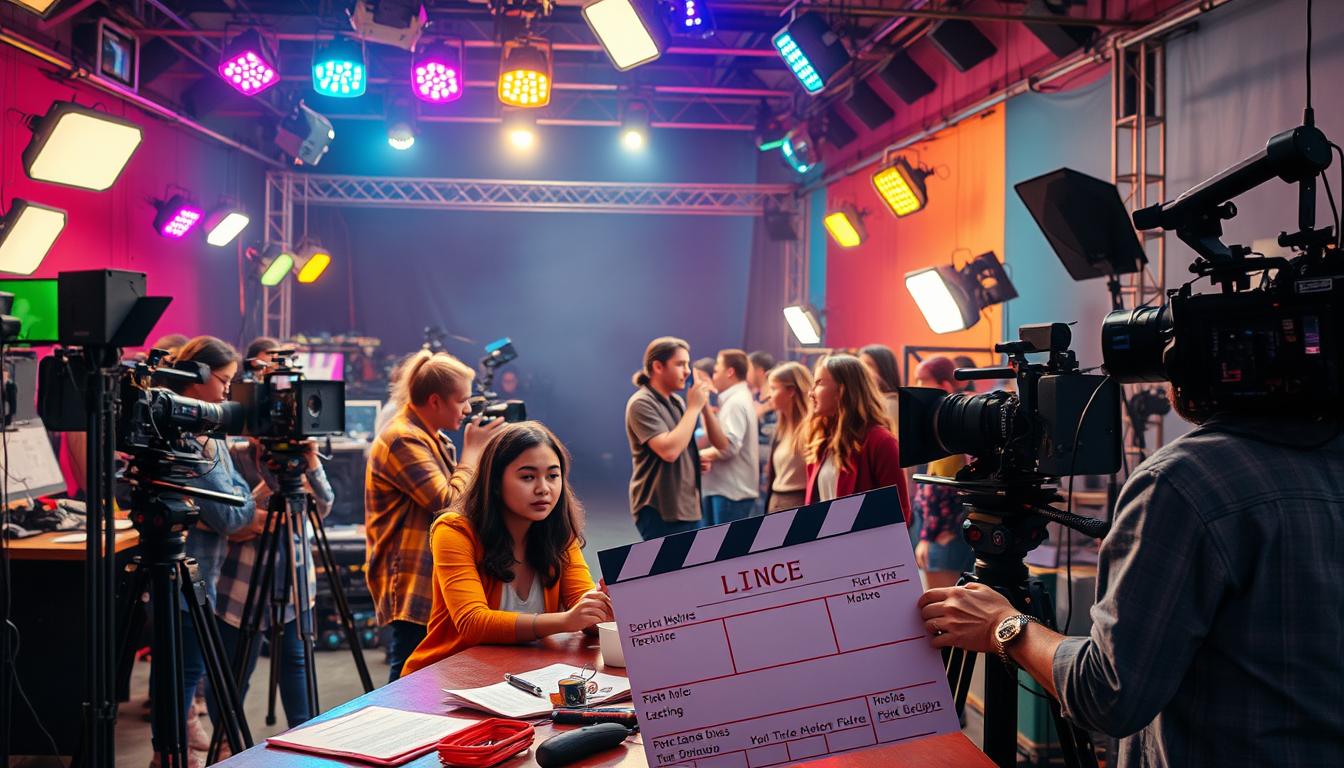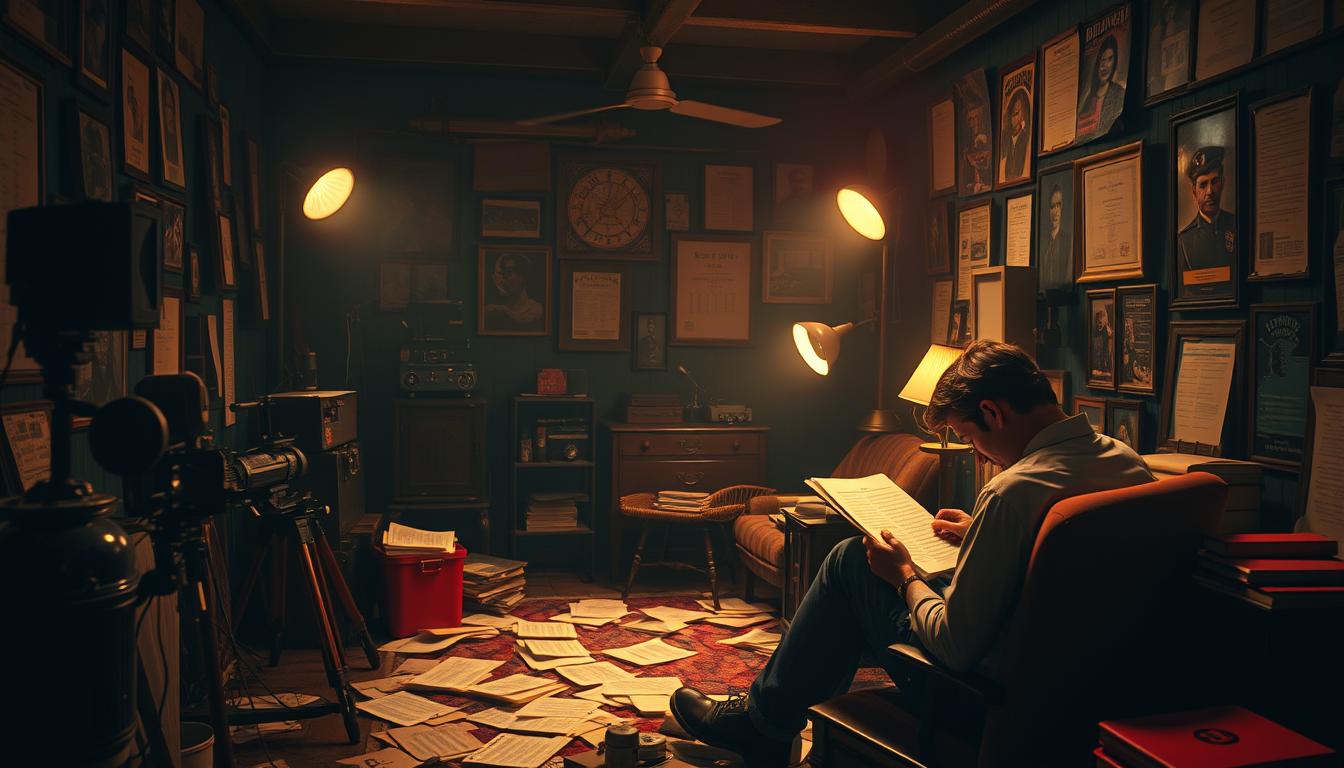
Unlocking the Magic: The Art of Plot Twists in Animation
The most memorable animation movies are often those with plot twists that leave audiences both shocked and delighted. These unexpected turns not only enhance the storytelling experience but also elevate the emotional impact of the narrative. Mastering the art of plot twists in animation involves a delicate balance of foreshadowing, pacing, and character development. Let’s delve into the secrets behind creating those jaw-dropping moments that keep viewers talking long after the movie ends.
The Element of Surprise
The first key to a successful plot twist is the element of surprise. However, this does not mean the twist should come out of nowhere. The best twists seem obvious in hindsight, indicating that the storyteller has skillfully laid the groundwork without giving the game away. Animators and writers achieve this through subtle hints and red herrings, leading the audience to form assumptions that are ultimately upended.
Character Arcs and Development
Another vital component in executing a memorable plot twist is the depth of character development. Viewers are more likely to be invested in a twist if it significantly affects characters they care deeply about. When a character’s motivations or backstory are revealed to be different from what was initially perceived, it can drastically alter the audience’s understanding and emotional connection to the story. This recontextualization of characters can elevate a plot twist from merely surprising to profoundly impactful.
Timing and Pacing
The timing of a plot twist is crucial. It needs to occur at a moment when it will have the maximum impact on both the narrative and the audience. Too early, and it might not carry the weight it deserves; too late, and it could feel rushed or like an afterthought. Effective pacing throughout the movie helps to build tension and anticipation, preparing the audience for a significant reveal without them consciously realizing it.
Foreshadowing with a Purpose
Foreshadowing is a powerful tool in the animator’s and screenwriter’s arsenal, allowing them to plant the seeds of the plot twist early in the story. However, the trick lies in doing so without making the twist predictable. This requires a balance between providing enough clues to make the twist make sense in retrospect and keeping the audience engaged and guessing. When done correctly, foreshadowing can make the revelation feel earned and satisfying, rather than a random shock.
Emotional Resonance
The most memorable plot twists tap into deep emotional undercurrents. They challenge the viewer’s perceptions and elicit strong emotional responses, whether it’s joy, sadness, shock, or betrayal. The twist should fundamentally affect the characters’ journeys and, by extension, the audience’s emotional investment in the story. It is this emotional resonance that makes a plot twist truly memorable and highlights the storyteller’s mastery.
Learning from the Masters
Studying animated movies known for their masterful plot twists can provide valuable lessons for aspiring animators and storytellers. Films such as Frozen, with its redefinition of true love, or Toy Story 3, which masterfully plays with audience expectations, demonstrate how to weave plot twists into the fabric of the story seamlessly. Analyzing these examples can reveal how timing, character development, foreshadowing, and emotional engagement contribute to the twist’s effectiveness.
In conclusion, mastering plot twists in animation requires a nuanced understanding of storytelling principles, as well as a deep connection to the emotional arcs of the characters. By carefully planning and foreshadowing these twists, animators can create moments that not only surprise and delight but also deepen the audience’s engagement with the story. In the end, it’s these moments that make an animation movie truly unforgettable.






